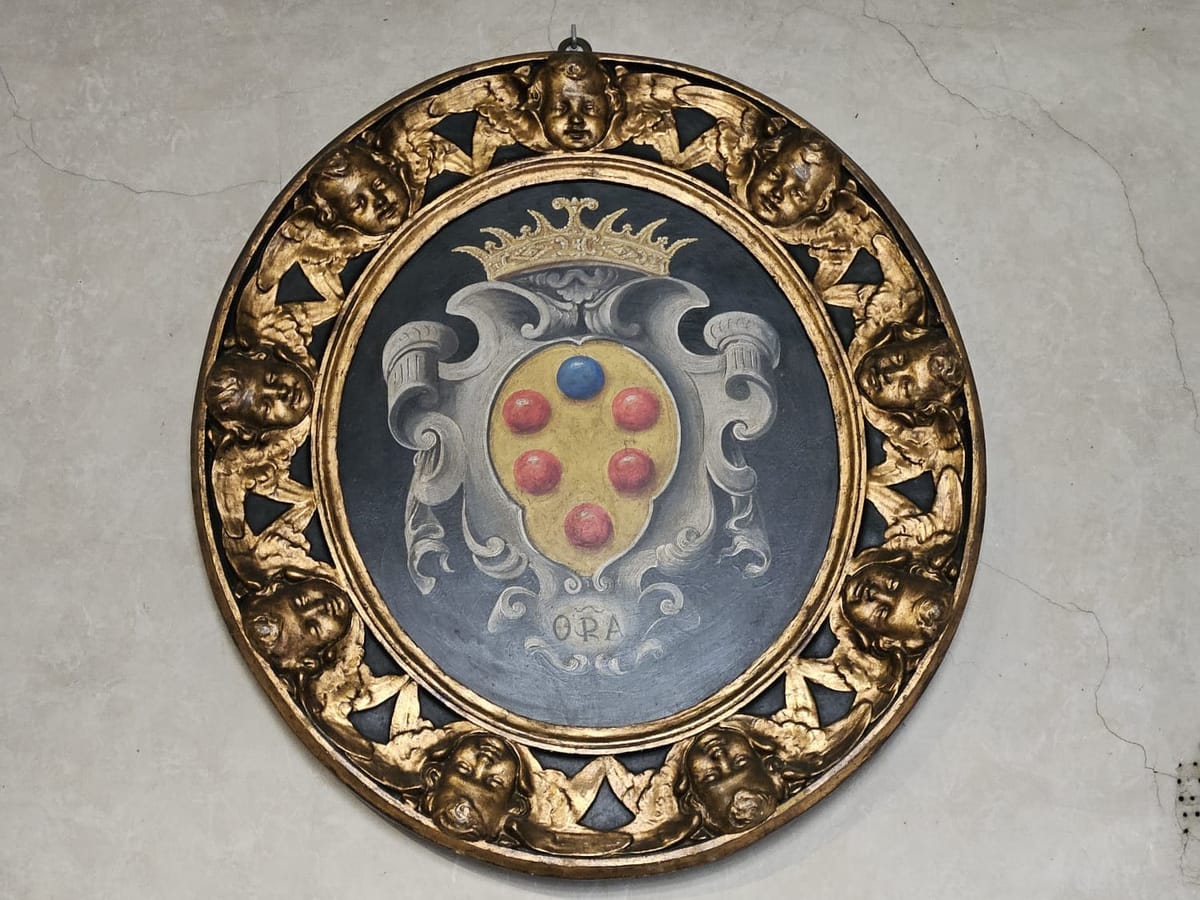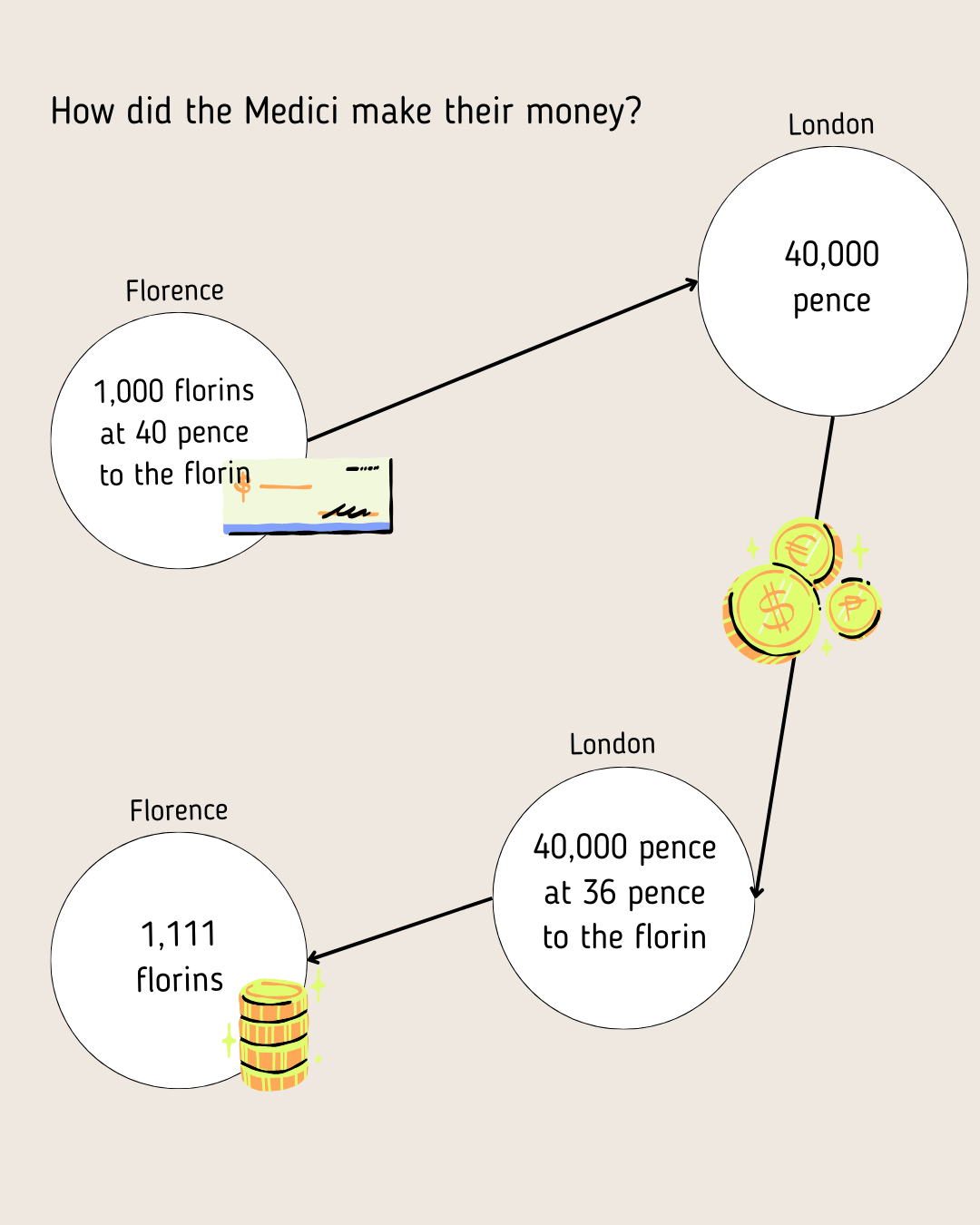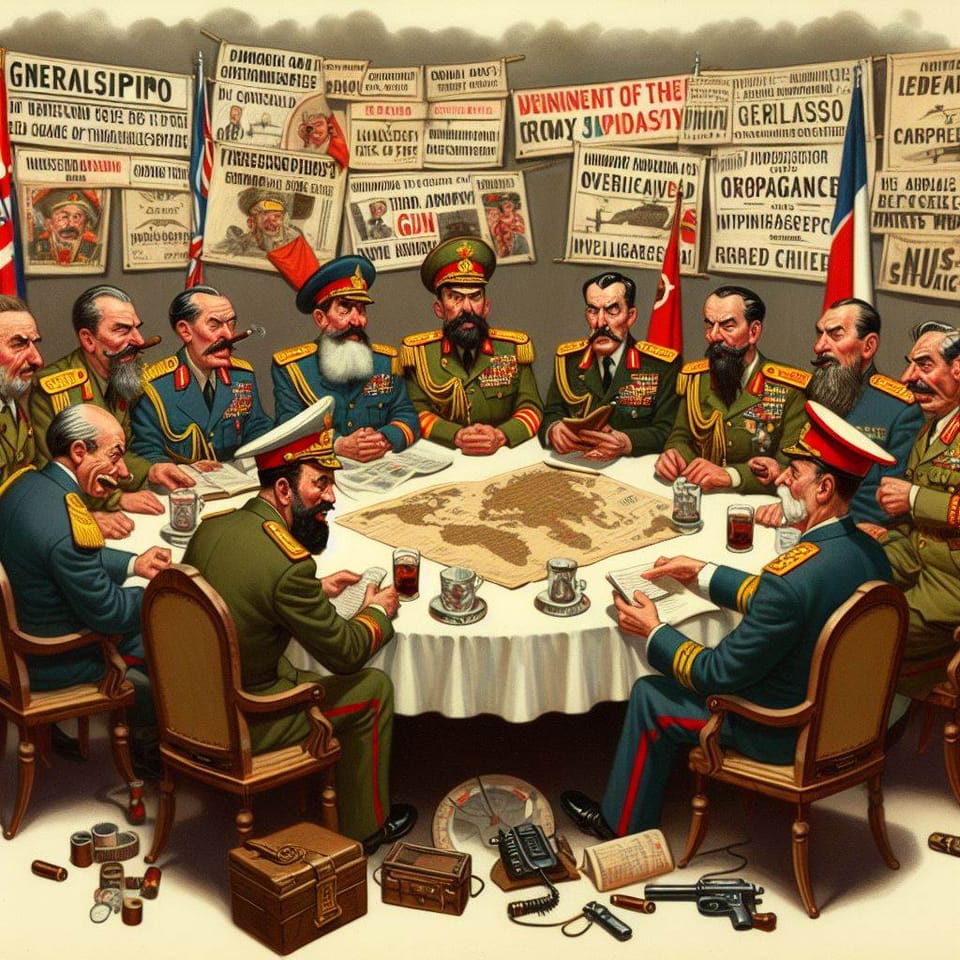How did the Medici make their money?

The history of the Medici family in Florence is closely tied to banking, even if many of the innovations in finance, such as the use of double-entry bookkeeping, were invented before their time. What the Medici 'invented', or rather practised, according to Tim Parks in his book Medici Money, was an early form of the 'holding company'. This was due to the way the Medici 'head office' in Florence worked with their bank branches in other cities.
Between 1435 and 1450, at the height of the Medici Bank's history, profits averaged around 19,386 florins per year, which would have been a substantial amount at the time. To put this into perspective, the majority of the citizens of Florence paid less than 1 florin in tax a year.
How did the Medici manage to earn vast sums of money from banking, when lending money with interest was not only frowned-upon, but also forbidden at the time?
A merchant interested in getting a 'loan' to buy goods and re-sell them for a profit, would visit one of the Medici Bank branches, in Florence or elsewhere. He asks for 1,000 florins, promising to pay it back in sterling in London, after travelling there to sell his goods. Once the branch manager accepts, the merchant writes a cambiale, a bill of exchange saying that he received 1,000 florins from the Medici Bank in Florence, and asks his agent in London to pay the same amount in sterling. This will be based on the exchange rate between florin and sterling in Florence, say 40 pence for every florin.
The way the merchant writes the cambiale is very important. The only way to know that this bill of exchange is not fake, is through of a copy of the merchant's handwriting by his agent in London. There, once the handwriting is compared, the agent will authorise the payment to the correspondents of the Medici bank in London.
The time taken to exchange this money is also crucial. Do not forget, that, legally, this is not a loan, as loans were usury, something considered as the sin in 15th century Florence. In order to ensure that cases like this do not become loans, but purely 'repayments', the Exchangers' Guild came up with official timings of how long travel would take between major cities at the time. Paying the amount due within the official time of travel, would amount to a repayment. Any longer and it would be considered a loan.
In Tim Park's example, official travel time between Florence and London was ninety days. This meant that the merchant could not take longer than 90 days for the 1,000 florins to be repaid to the Medici in London.
The merchant's agent in London pays the correspondents of the Medici Bank the original amount in sterling, amounting to 40,000 pence. Money has been 'exchanged', but how did the Bank make money?
The Bank tried to speculate that sterling was worth more than a florin when the exchange is made. This, of course, did not always work - sometimes the florin is stronger and in that case, no bank would lend the merchant money requested knowing that it would lose money. What the Medici did then was to ask their correspondents in London to find a different merchant wanting to get 1,000 florins worth of sterling in London and pay back the sum in florins, back in Florence.
If you're in London, 1 florin would be cheaper than in Florence, say 36 pence. So, this new merchant agrees to get their 40,000 pence at this rate, which means that he owes the bank 1,111 florins (40,000 pence ÷ 36 pence/florin = 1,111.11 florins).
After six months — three for the first merchant and three for the second — the Medici Bank gains 111 florins over and above the original investment of 1,000 florins. Imagine this happening with hundreds of merchants each year, and you start to see how the Medici could afford all that art!

